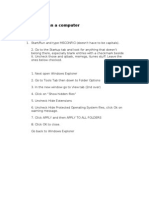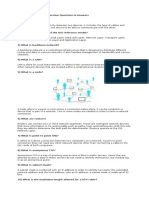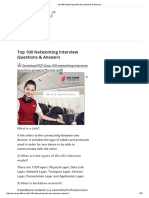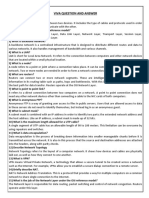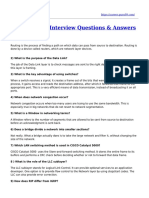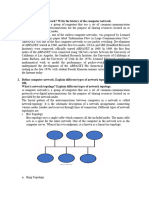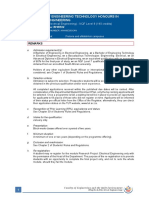0% found this document useful (0 votes)
50 views20 pagesHardware and Networking Interview Questions & Answers
The document provides a comprehensive list of hardware and networking interview questions and answers, aimed at helping candidates prepare for job interviews in the IT field. It covers various topics such as transmission technologies, network protocols, IP addressing, and security measures, while also suggesting certification courses for career advancement. Additionally, it highlights the importance of being well-prepared due to high competition in the job market.
Uploaded by
deep030899Copyright
© © All Rights Reserved
We take content rights seriously. If you suspect this is your content, claim it here.
Available Formats
Download as PDF, TXT or read online on Scribd
0% found this document useful (0 votes)
50 views20 pagesHardware and Networking Interview Questions & Answers
The document provides a comprehensive list of hardware and networking interview questions and answers, aimed at helping candidates prepare for job interviews in the IT field. It covers various topics such as transmission technologies, network protocols, IP addressing, and security measures, while also suggesting certification courses for career advancement. Additionally, it highlights the importance of being well-prepared due to high competition in the job market.
Uploaded by
deep030899Copyright
© © All Rights Reserved
We take content rights seriously. If you suspect this is your content, claim it here.
Available Formats
Download as PDF, TXT or read online on Scribd
/ 20










